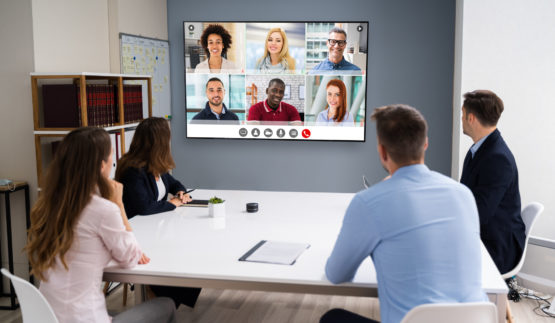
Lessons Learned from a Fully Remote Services Model
Capsule technical and clinical consultants continually optimize remote service delivery to support healthcare providers in deploying, implementing, and maintaining integration and data solutions.

Capsule technical and clinical consultants continually optimize remote service delivery to support healthcare providers in deploying, implementing, and maintaining integration and data solutions.
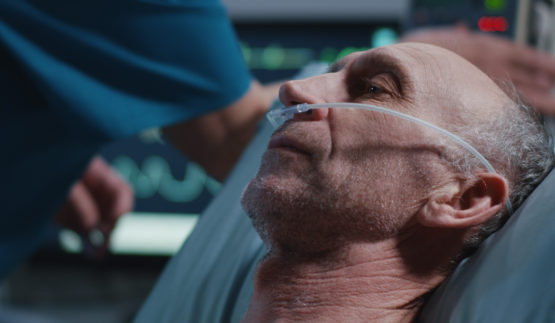
Capnography, in the measurement of end-tidal carbon dioxide, provides an immediate assessment of ventilation adequacy, which is particularly helpful when treating patients who are in cardiac arrest or who have an advanced airway in place – supporting Patient Safety.
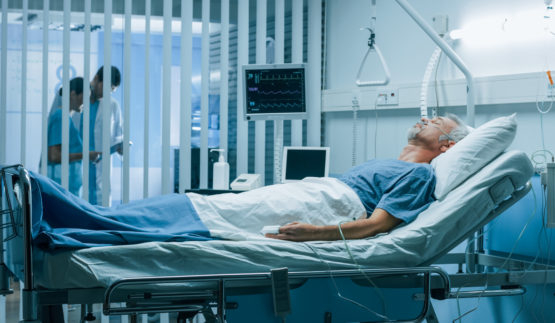
The suppression of ventilation and reduced airway protection can leave postoperative patients vulnerable to respiratory failure from “opiate-induced” or “immobility-induced” respiratory depression. Continuous capnography monitoring provides instantaneous respiratory status to help clinicians identify and prevent complications.
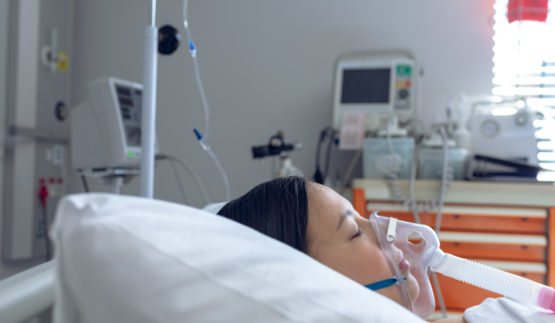
By increasing the use of – and reliance on – medical device information, healthcare providers will gain more insights into patient health to possibly reduce medical errors and reduce the overall cost of care.
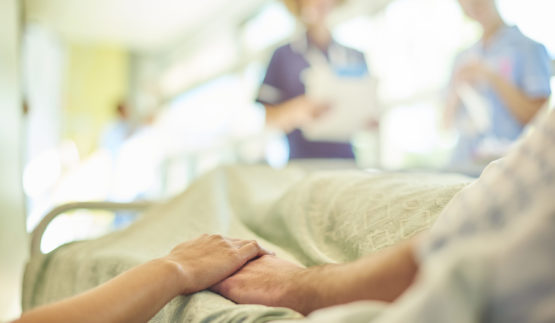
Patient Monitoring in non-critical care focuses on three areas: improving workflow efficiency, ensuring data accuracy, and enhancing clinical usability.
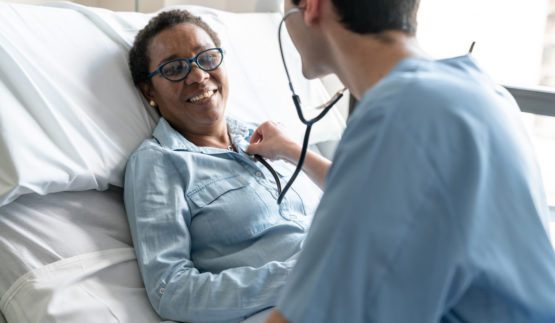
Understanding the distinctions between patient monitoring and continuous clinical surveillance represent the basis of good clinical practice, the foundation of patient safety initiatives and ability to comply with regulatory requirements.